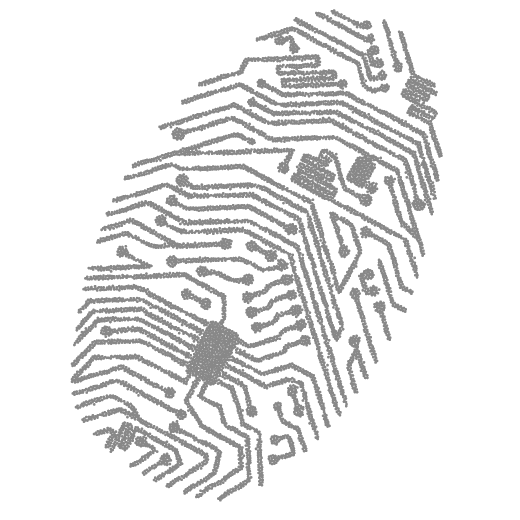The game development market in Poland and worldwide is steadily growing, and ambitious companies from the game sector are looking for ways to increase brand recognition and raise funds for new productions. This leads them to consider listing their shares on the stock exchange. So the question is, who can go public, what is to be gained from doing so, and how to go about it?
An IPO—is it right for us?
The basic question is whether a stock market listing is the best option. The answer depends on many factors and can vary depending on the candidate. But it is worth considering what benefits a company can gain by deciding to conduct an initial public offering.












